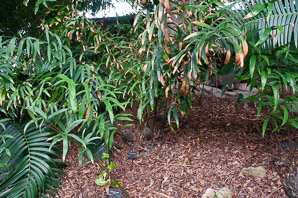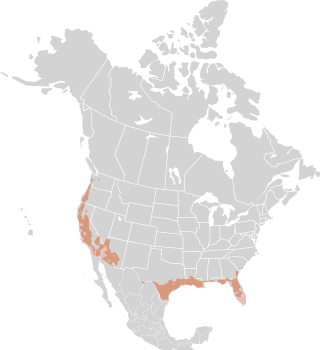
|
Ceratozamia hildae G.P.Landry & M.C.Wilson Bamboo cycad
Natives of Mexico (and now critically endangered there due to habitat loss), bamboo cycads don't look very much like most other cycads. They come from a deciduous cloud forest around San Luis Potosi and Quiretaro in eastern Mexico, between elevations of 2953-3937′ (900-1200 m). They are not found in the wild in the United States, but they are fairly common in gardens. Identification: These cycads grow up to 4′ (1.2 m) high. Male cones are up to 1′ (30 cm) in length x 1½″ (3.8 cm) around and yellowish brown; female cones are somewhat shorter and wider, nearly cylindrical, and olive green. Each stem is up to 4′ (1.2 m) long, with 20-50 leaflets. Each leaflet is 4-10″ (10-25 cm) long. Online References:
The Palm and Cycad Societies of Australia The Palm & Cycad Society of Florida’s Plant to Palm site Www.cycad.org (PDF)
Ceratozamia hildae description by Thomas H. Kent, last updated 25 May 2020. © FloraFinder.org. All rights reserved. |
2/26/2010 · San Diego Zoo, San Diego, California · ≈ 6½ × 4′ (2.0 × 1.3 m) Range: Zones 9-11:
|



